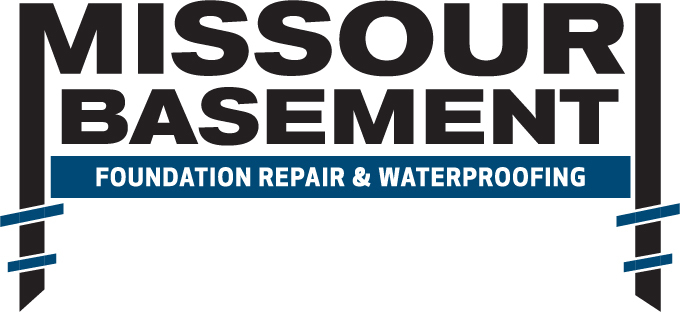Each year when the temperature drops, homeowners experience frozen pipes that crack or burst and cause flooding that can damage walls, floors, and furniture. To prevent this emergency, take the time to winterize the pipes in your home.
Shut off outdoor faucets

Shut off all outdoor faucets and allow them to drain water. Be sure to disconnect garden hoses from the faucets, drain them, and store them away for winter. Doing so will prevent standing water from freezing in the pipes. If you have an irrigation system, drain them as well.
Insulate unprotected pipes
If you have pipes in unheated areas, like your garage, crawlspace, and attic, get them insulated! In these areas, exposed pipes are susceptible to freezing temperatures. Heat tape, heating cables, and foam pipe insulation are readily available at your local hardware store and are easy to install. Be sure to follow the directions carefully!
Allow a trickle of water through your faucets
When a freeze is in effect, let water drip from your faucet at night. Moving water freezes less quickly than standing water, so even the smallest drip can help. The water doesn’t have to be warm for this to be effective. It’s also a good idea to pair it with opening the cabinet doors where the pipes are located. This allows warm air inside your home to keep the lines from freezing.
This method is critical if you’re planning to be away from home.
Inspect your home’s exterior
Cracks in your home’s exterior can allow cold air inside and cause a pipe to freeze. Have a professional like those at Missouri Basement inspect your home’s exterior and basement for cracks that could let in cold air and even water.
